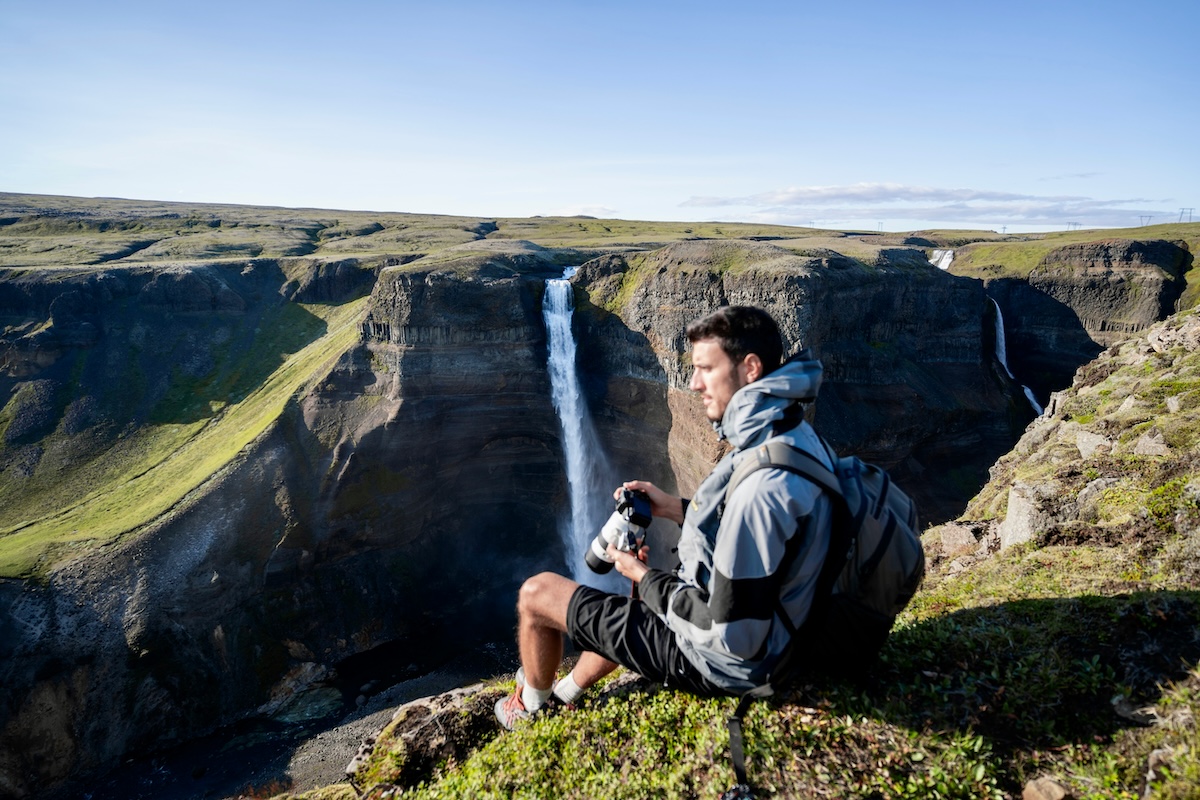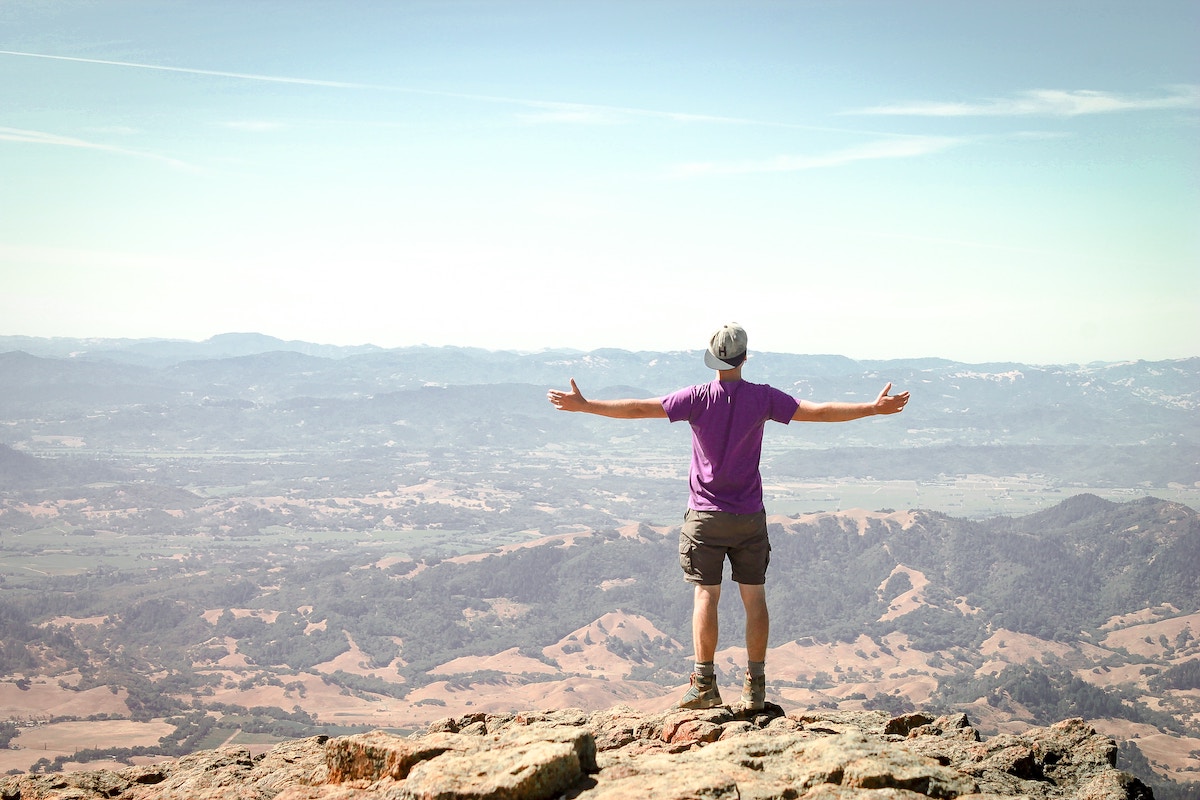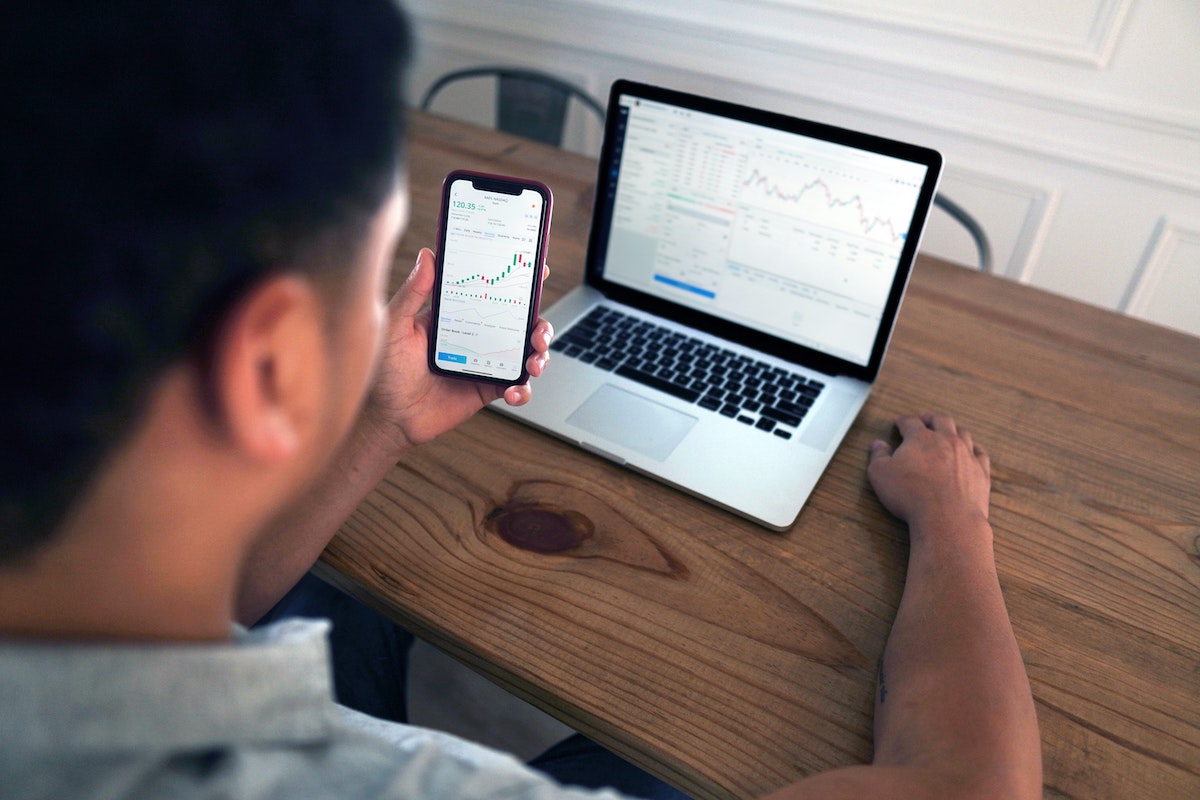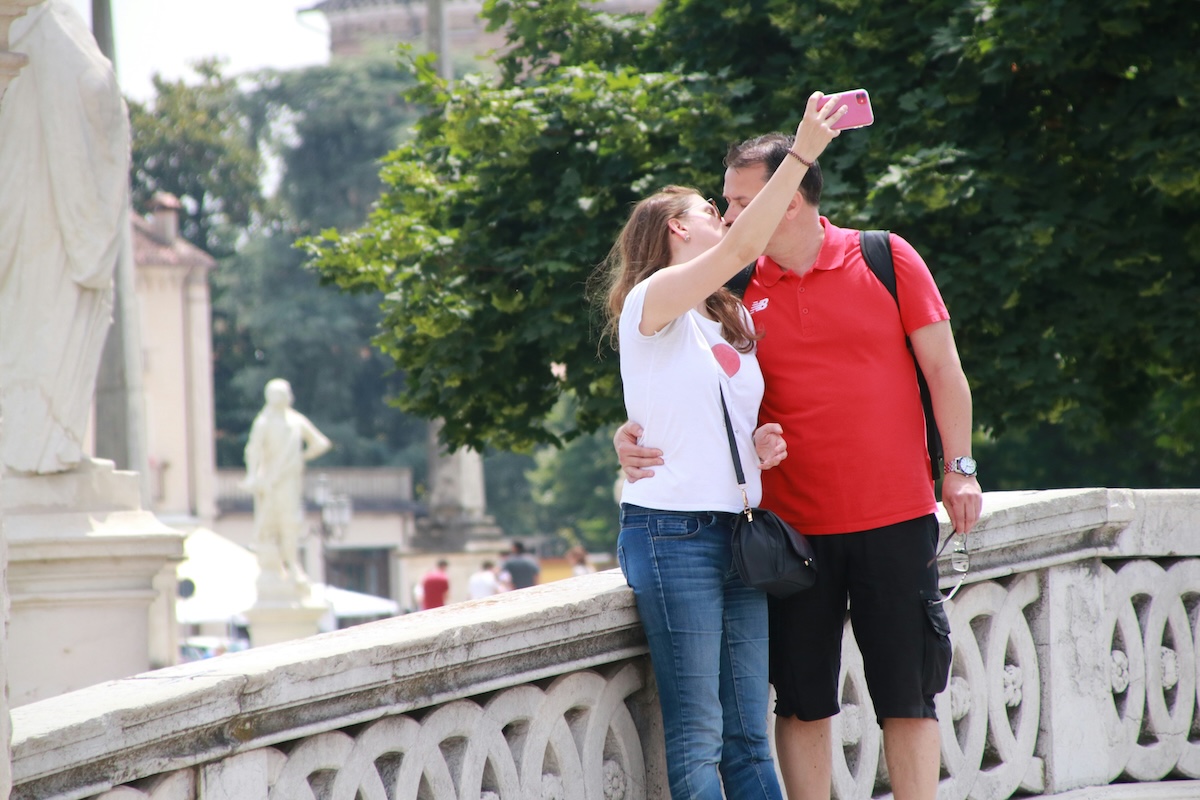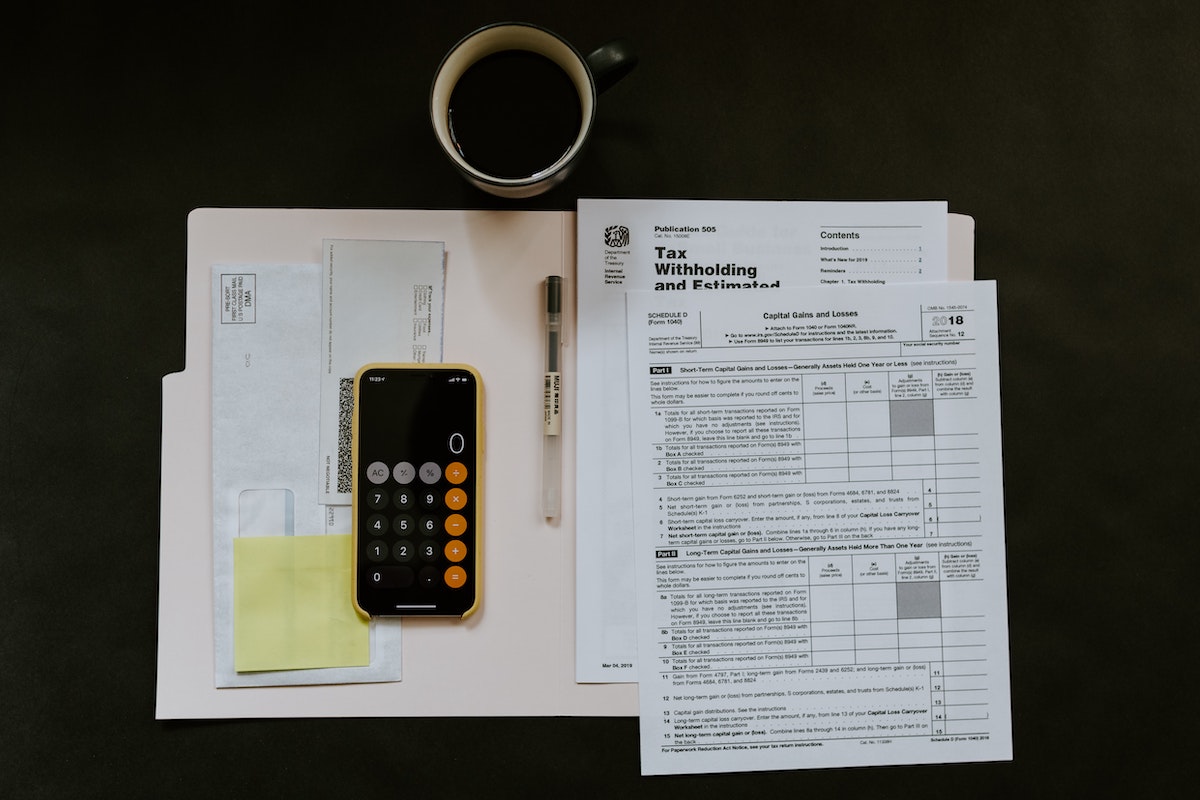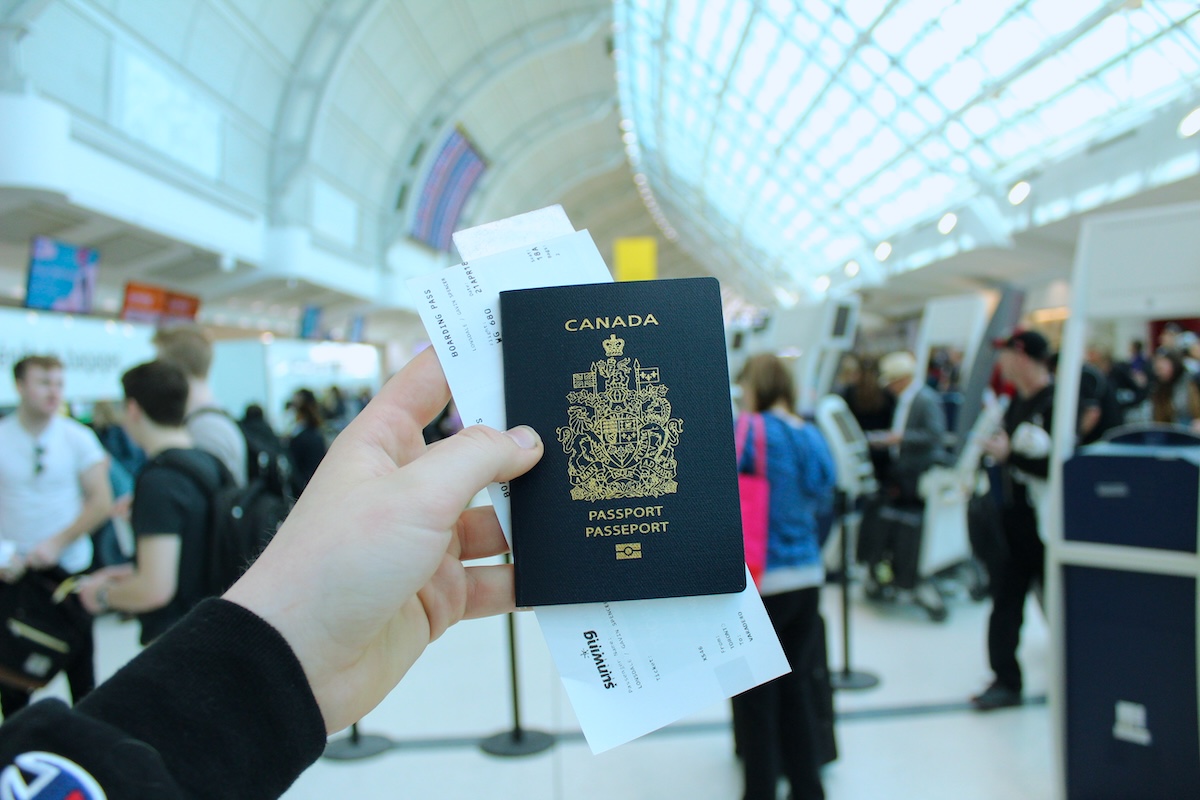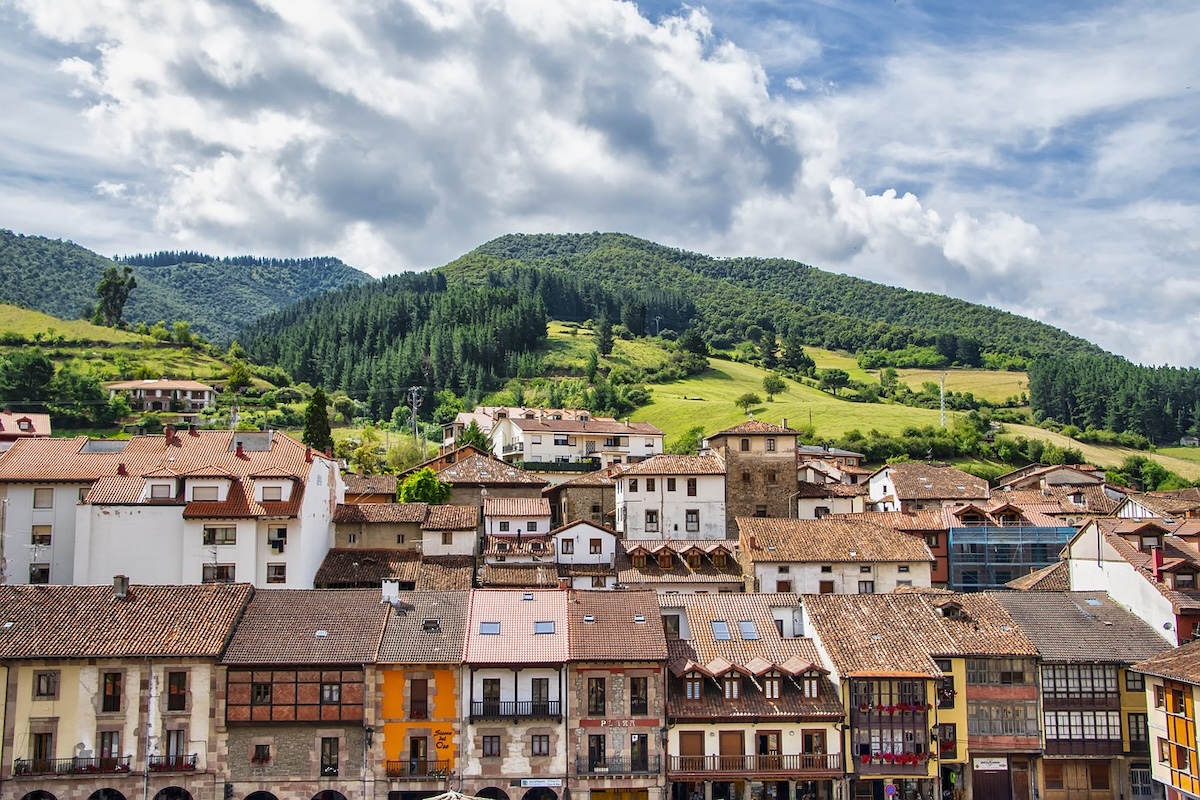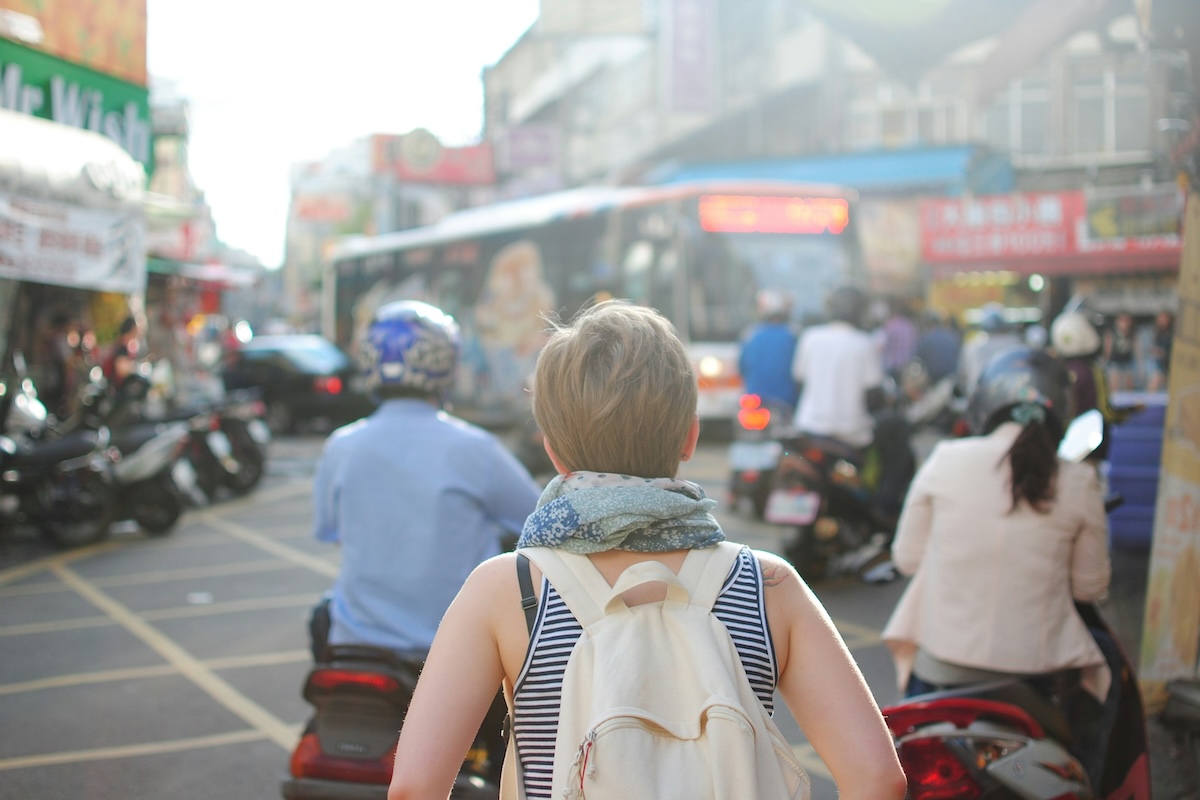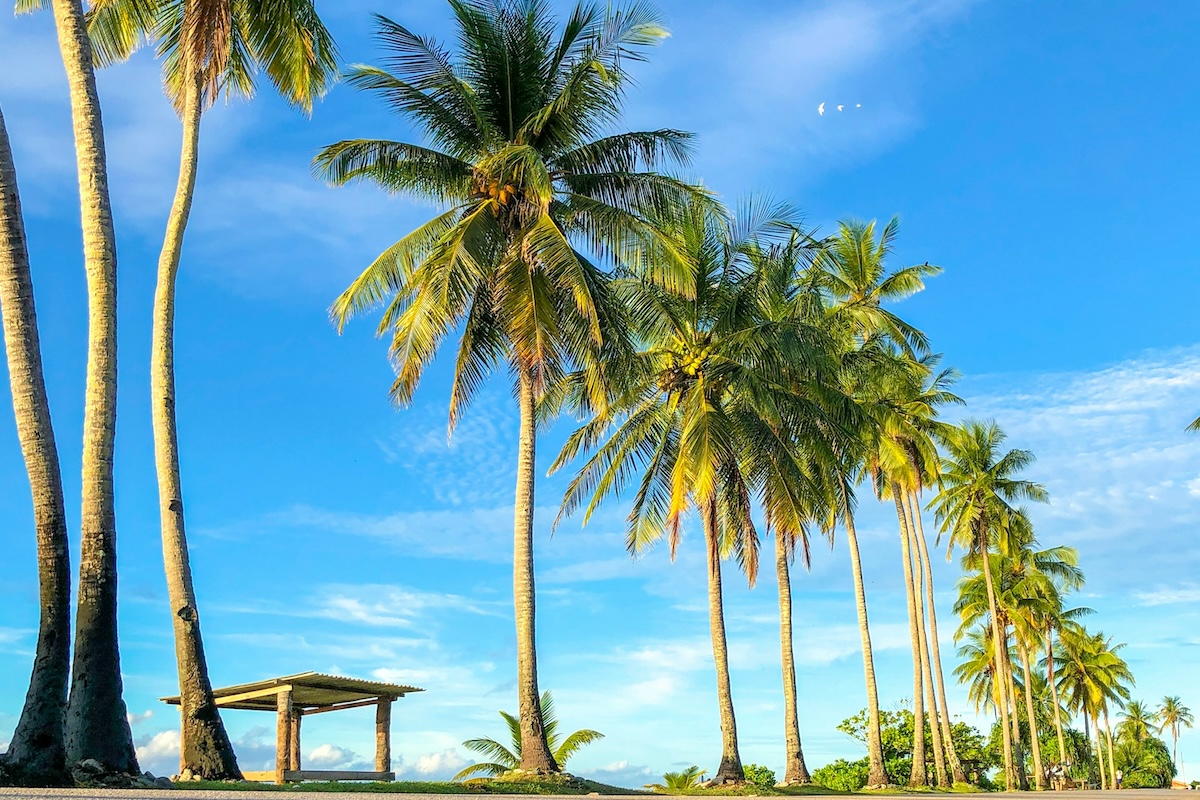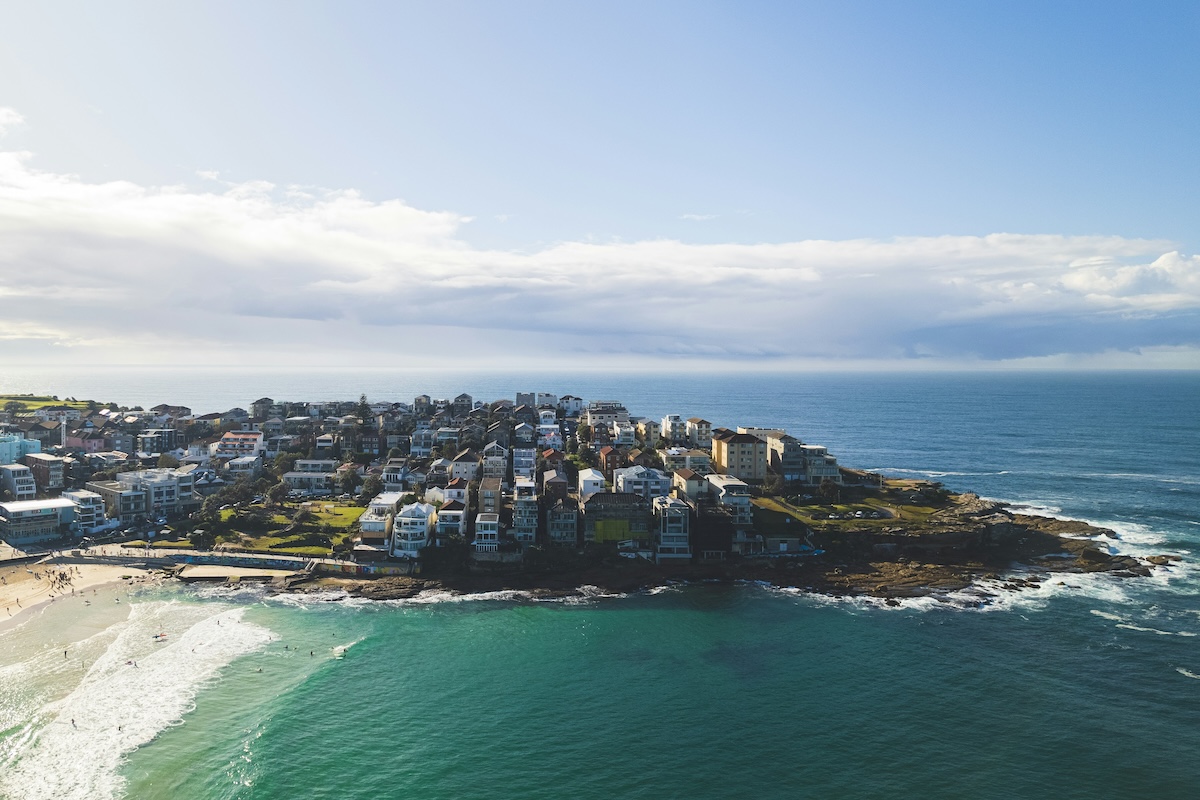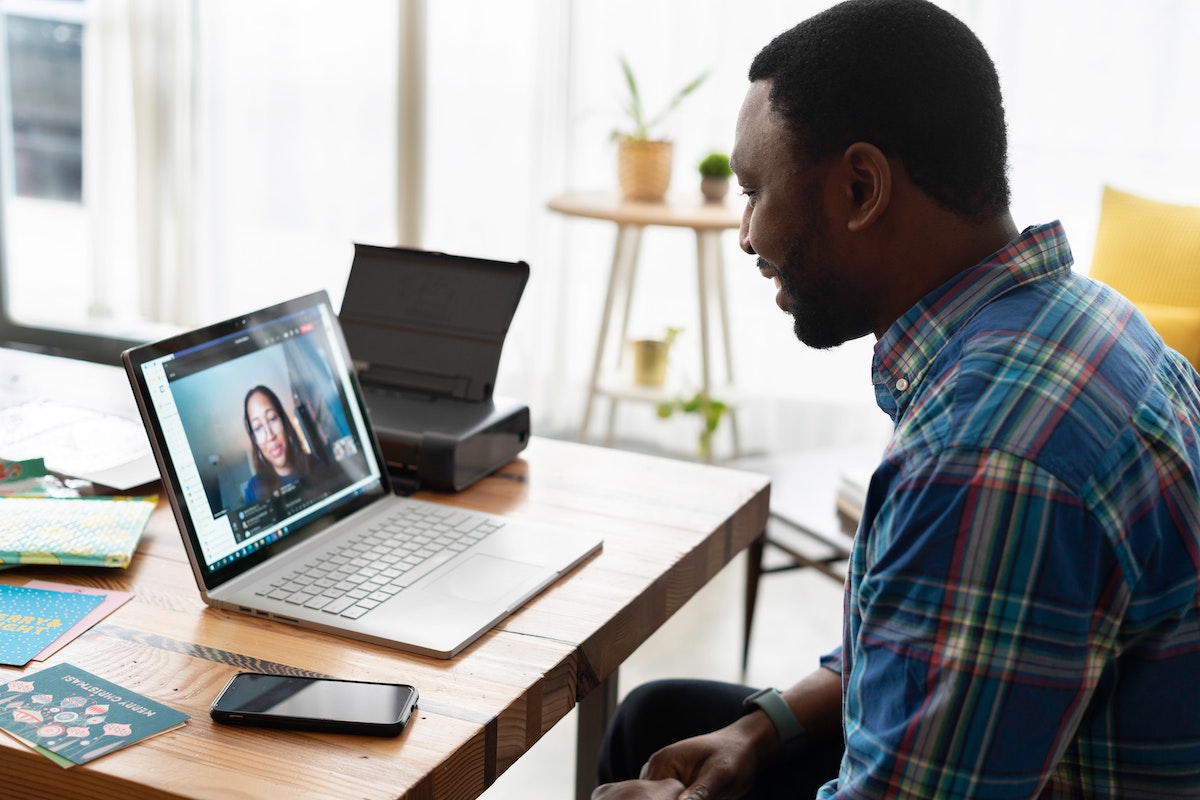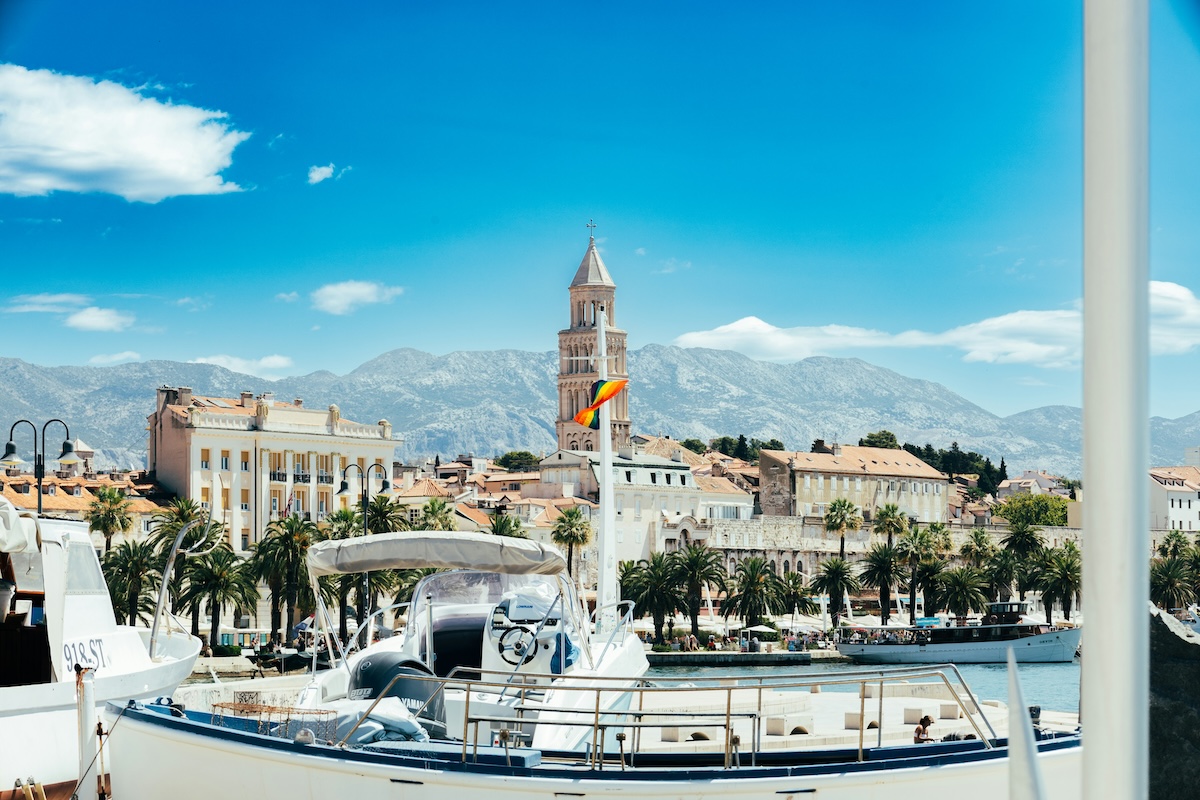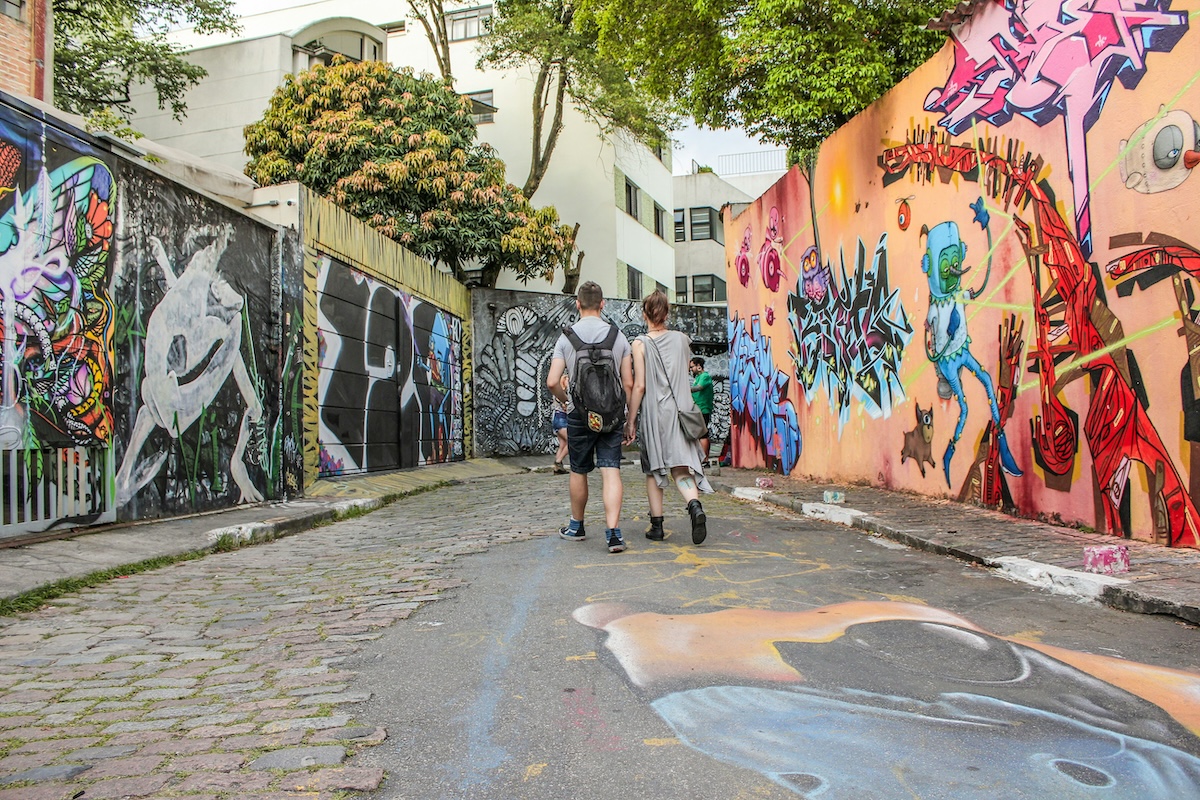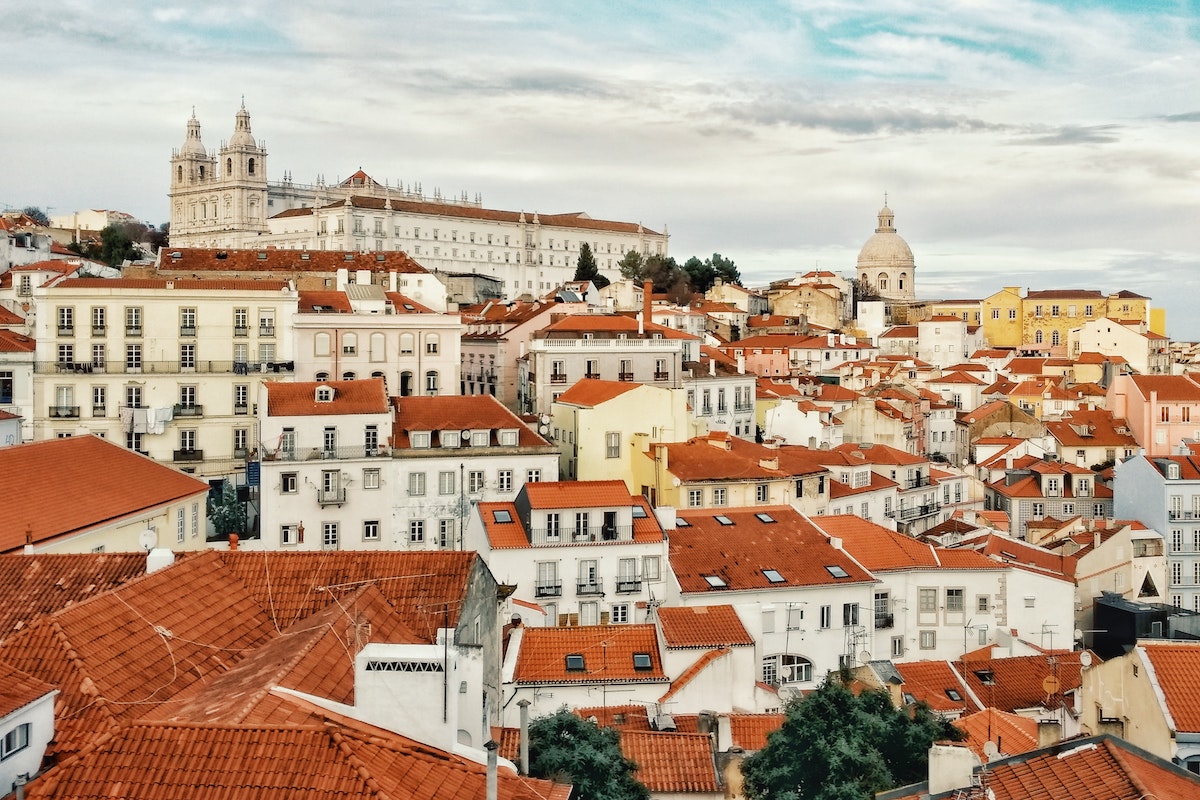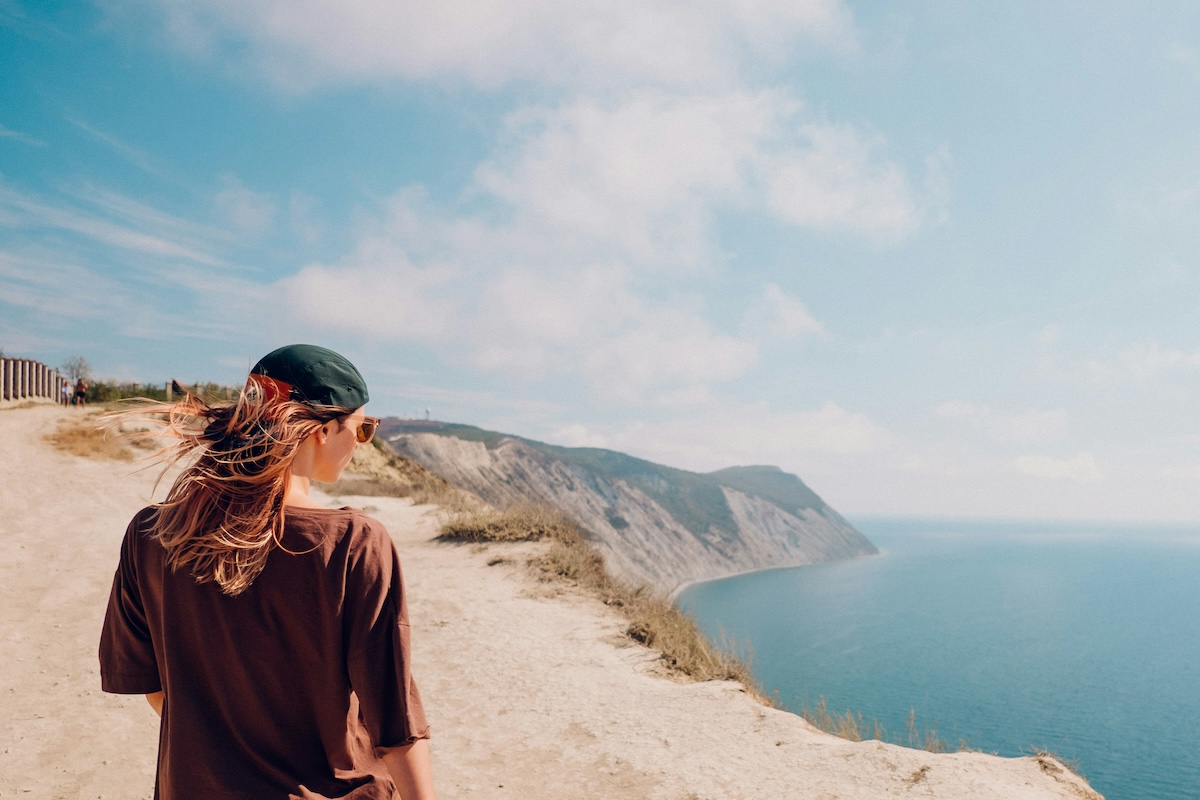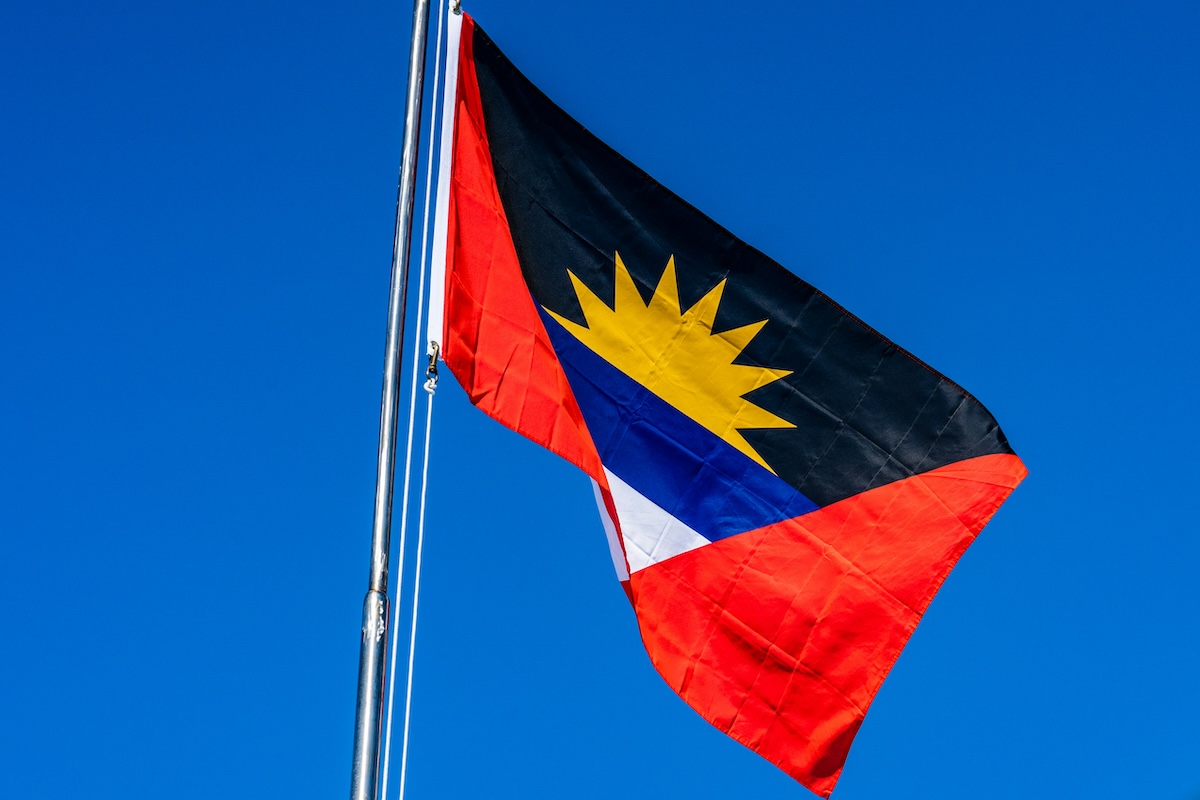TRENDING IN RETIREMENT, RETIRING EARLY & SEMI-RETIREMENT
What’s the Best Semi-Retirement Age? Semi-Retire at 40, 50, or Whenever You’re Ready!
Retiring at 40 or 50 is an incredible achievement, but it's not feasible for most. It's not all or nothing, however—here's how to semi-retire at any age.
TRENDING IN RETIREMENT, RETIRING EARLY & SEMI-RETIREMENT
What’s the Best Semi-Retirement Age? Semi-Retire at 40, 50, or Whenever You’re Ready!
Retiring at 40 or 50 is an incredible achievement, but it's not feasible for most. It's not all or nothing, however—here's how to semi-retire at any age.
How to Semi-Retire Quickly: 8 Ways to Accelerate Your Path to Semi-Retirement
Can't retire early? Consider semi-retirement, where you work part-time and enjoy extra free time. Here's how to accelerate your path to this goal.
8 Investments for Semi-Retirement: Index Funds, Real Estate
If you're ready to ditch the 9-to-5 and semi-retire, make your money work for you! Here are four common investments for semi-retirement.
ADVERTISEMENT

